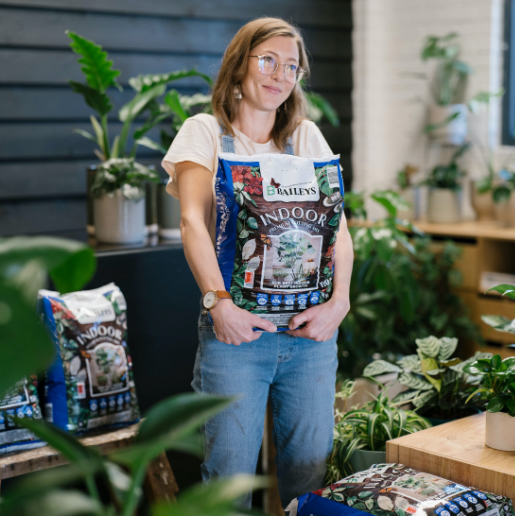
Join our Great Gardens Club!
Sign up to enjoy 15% off your first purchase from Baileys online. Plus, get our monthly WA gardening tips, latest news and promotions straight to your inbox.

Sign up to enjoy 15% off your first purchase from Baileys online. Plus, get our monthly WA gardening tips, latest news and promotions straight to your inbox.
Potatoes like fertile, friable, moist, slightly acidic soil (pH of approx. 6). They don't grow well in clay, so if you live in an area with heavy soils grow in one of the straw or towering methods mentioned.
If you've grown potatoes in beds before, rotate your crop in your veggie garden each year to help prevent soil diseases.
Harvest
Hint : Potatoes keep better if you don't wash the dirt off straight away.